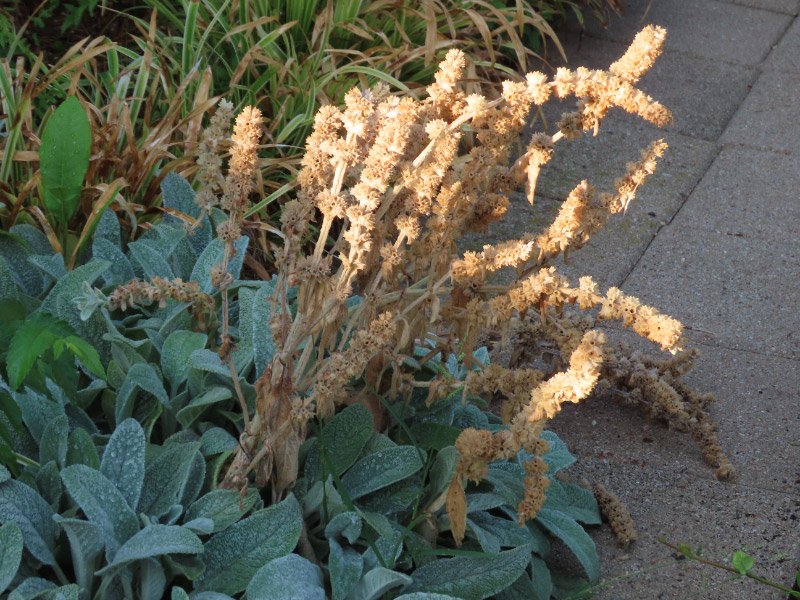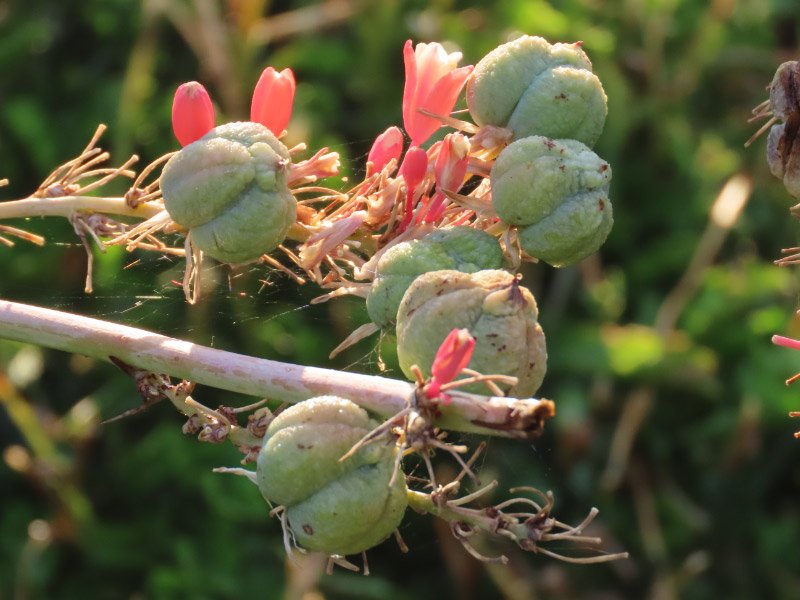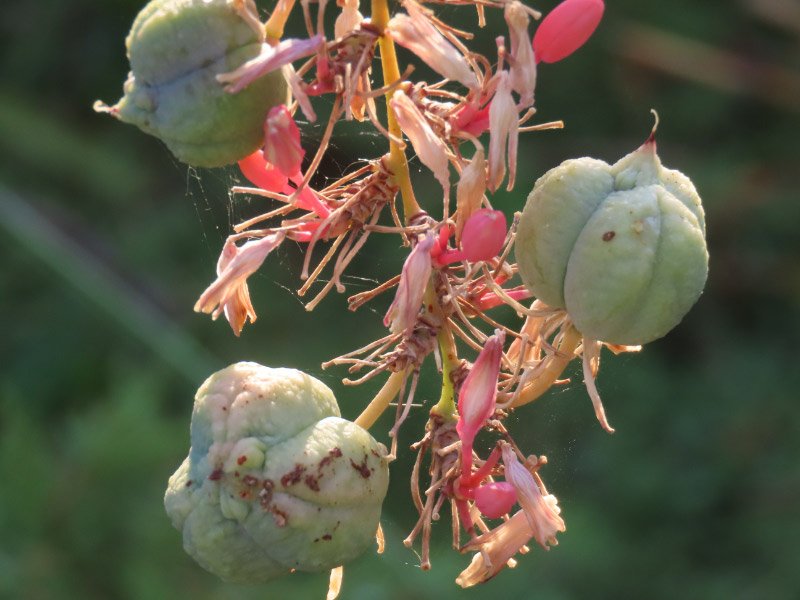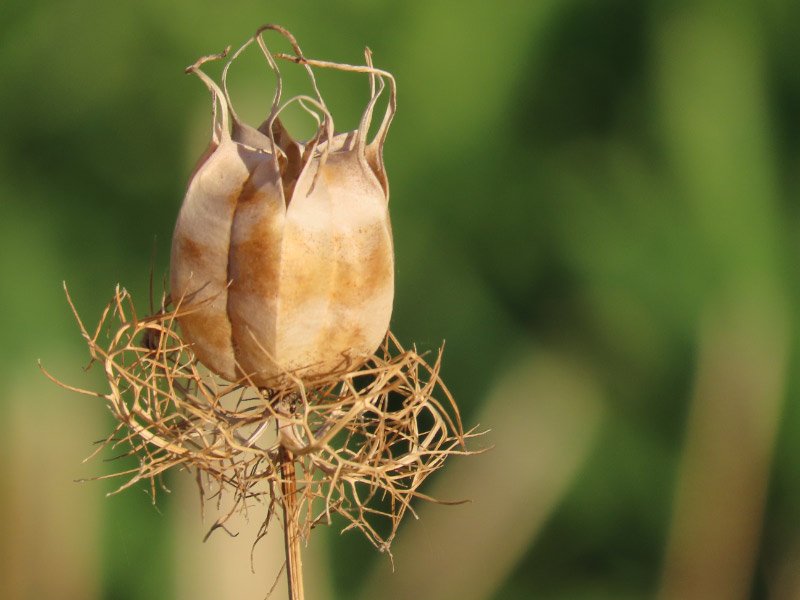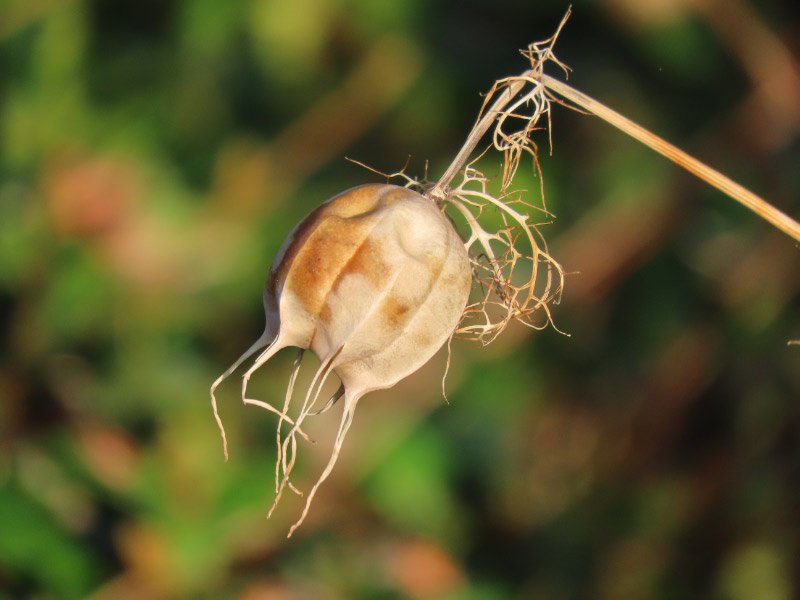Gleanings of the Week Ending September 9, 2023
/The items below were ‘the cream’ of the articles and websites I found this past week. Click on the light green text to look at the article.
Extreme Weather is the “New Norm” - There is high confidence that human induced climate change from greenhouse emissions, is the main driver.
A Visit to North America's Only Authenticated Viking Site - L’Anse aux Meadows National Historic Site (in Newfoundland), the only authenticated Viking site in North America. Credit for this discovery in the 1960s goes to Norwegian explorer/writer Helge Ingstad and his archaeologist wife Anne Stine.
Earth’s hottest month: these charts show what happened in July and what comes next – The intense heat this summer has killed Saguaro cactus!
Ötzi the Iceman’s Genome Sequenced – 90% of his ancestry came from Anatolian farmers. Genome analysis revealed he had high skin pigmentation, dark eyes, and male pattern baldness!
Common wristbands 'hotbed' for harmful bacteria including E. coli, staphylococcus – I am glad the band on my Garmin is metal since it likely harbors a lot less bacteria than a plastic, rubber, cloth, or leather band. However, I still need to get in the habit of cleaning it more often.
Fully Intact Giant Panda Skeleton Discovered in Chinese Emperor’s 2,000-Year-Old Tomb – There was also an Asian taper in the tomb. The article suggests that perhaps the animals were included in the tomb as a part of a replica royal garden.
Medications for chronic diseases affect the body's ability to regulate body temperature, keep cool - Medications used to treat common chronic conditions, like blood thinners, blood pressure drugs, Parkinson's disease/Alzheimer's medications, and some chemotherapy drugs, can make it harder for the human body to handle hot weather by reducing its ability to sweat or increase blood flow to the skin. Hopefully doctors will become more aware of this issue – particularly for their elderly patients that are already at increased risk because of their age for heat related issues.
Trapped: Australia’s extraordinary alpine insects are being marooned on mountaintops as the world warms – The grasshopper with the turquoise exoskeleton snagged my attention. This movement up mountains and then becoming marooned must be happening around the world.
Chromium replaces rare and expensive noble metals – Osmium and ruthenium replaced with, much more abundant, chromium? More research is needed, but it might be possible.
Photos of the Week – August 13, 2023 from the Prairie Ecologist – Another example of enjoying some photography even when it is hot and humid!







